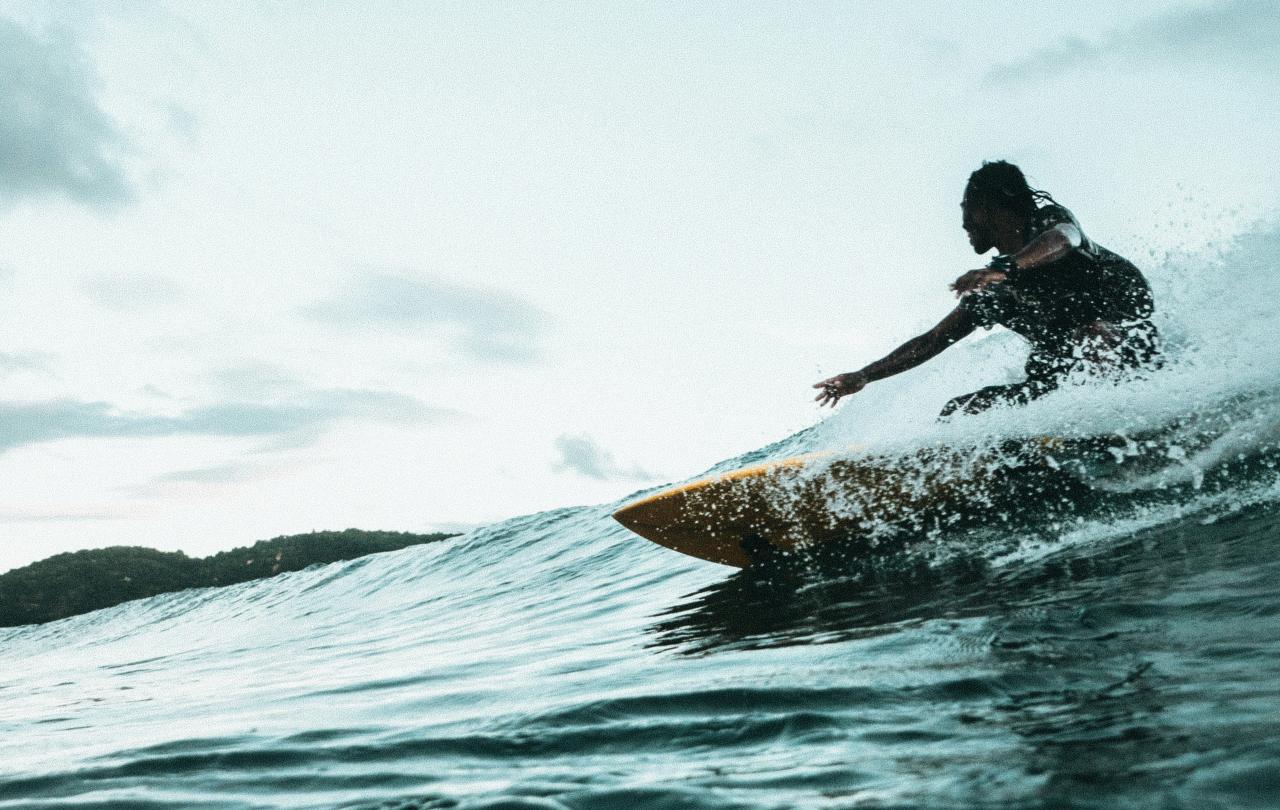
‘Mashallah, your baby is so ugly!’.
The elderly ‘auntie’ stopped me in the street, exclaiming over my 3-month-old baby, who was strapped to my front, and before I could translate in my mind what she’d said, quick as lightning, she had safety-pinned a teeny tiny glass blue eyeball to the sling.
I had just moved to Türkiye from the UK and was waist-deep in culture shock. My new friend explained to me that she had pinned the ‘nazar’, a little blue bead in the shape of an eye, on my baby to protect him from evil spirits or anyone's jealousy that would cause them to wish him harm. Mashallah means ‘God wills it’, and calling the baby ‘ugly’ was also for double protection, to distract the evil eye from the fact that he was cute (he was!).
This belief in an evil eye dates back to ancient Greek and Roman times. The little blue nazar represents both the evil eye itself - a widely-feared, dangerous power that could harm others, including their crops or livelihood – and at the time offers protection against it. From Azerbaijan to Pakistan, multiple countries in central Asia and the Middle East believe in the nazar or a variation of it.
Today, the nazar is such a deeply ingrained cultural thread of life here in Türkiye that, nine years later, I hardly notice it anymore. Nazars are the country’s unofficial brand logo, and the bright azure blue with a white iris and black pupil is the colour palette for Türkiye.
Wherever I go, little blue eyeballs stare at me. From crinkly-faced kind teyzes (aunties) to the young influencer girls on Instagram, nazar necklaces are everywhere. Glass blue nazars decorate walls, tables, and trees.
Just yesterday, I was at a friend's clothes studio; for her grand opening, all the gifts from well-wishing friends for her new business were nazar-themed: a tray, a paperweight, and earrings.
So how does ‘nazar’ work? If someone compliments you or anything about you, it's believed that it can attract the evil eye with a harmful curse against you or your possessions. To cancel out the curse, there's a selection of phrases you can say, including ‘mashallah,’ or ‘Allah korusun’ (may God protect you).
Other ways you can ward off the unwanted attention of the evil eye include avoiding staring at children in the eyes for too long, spitting on the ground, and, of course, the most popular, hanging a blue glass evil eye bead wherever you can (there is even a huge one embedded on the front door threshold of our apartment.)
A close friend always tells me to pray a special nazar prayer over my youngest son because he has bright blue eyes, which she believes makes him more susceptible to the evil eye's powers. I respectfully tell her that I have a different belief, and I pray for my family for protection from Jesus. (Whom Muslims revere as a prophet, so this is acceptable to her).
As a woman of faith who has lived in Türkiye for nine years, there is so much of the beautiful Turkish culture that has become mine, and for that, I am so grateful. Living cross-culturally is a little like having a heart transplant - there's no going back. My views on health, parenting, family, and community are now all so broadened and different. But the nazar trend is something I haven't adopted. When I go shopping with my girlfriends, and they browse stunning gold necklaces with a tiny ‘nazar’ embedded in the pendant, I won’t buy one for myself.
Because faith goes one step beyond culture.
The evil eye is based on a superstition about jealousy that has malice at its core. It wants to wreak harm on others. Now, we don’t need to look far to see that we humans are pretty good at being selfish and greedy and hurting others to get what we want. Scroll through the news for five minutes, and we’re convinced of the presence of evil in our world.
But superstitious belief in the powers of nazar is not the way to ward it off.
The dictionary definition of superstition is: ‘a belief or way of behaving that is based on fear of the unknown and faith in magic or luck: a belief that certain events or things will bring good or bad luck. 'Both superstition and faith are about believing in things that can’t be seen. Superstition puts it all on you to follow some rules to avoid bad luck or evil. But that’s a bit like shooting in the dark. Believing in the nazar means you can obey all the rules of the system and hang blue beads everywhere… and you can still experience evil and suffering. A loved one gets sick. Problems at work. Whatever it might be. So, either the nazar didn’t work, or you didn’t do it right.
Faith, by contrast, still means you can experience evil and suffering – but the difference this time is, the outcome isn’t attached to a physical action you took. It's about a relationship with someone who cares about our fears rather than trusting in a blind action that may or may not work. And if we want protection from evil, we can we simply ask for it. No blue beads necessary.
Support Seen & Unseen
Since Spring 2023, our readers have enjoyed over 1,500 articles. All for free.
This is made possible through the generosity of our amazing community of supporters.
If you enjoy Seen & Unseen, would you consider making a gift towards our work?
Do so by joining Behind The Seen. Alongside other benefits, you’ll receive an extra fortnightly email from me sharing my reading and reflections on the ideas that are shaping our times.
Graham Tomlin
Editor-in-Chief





